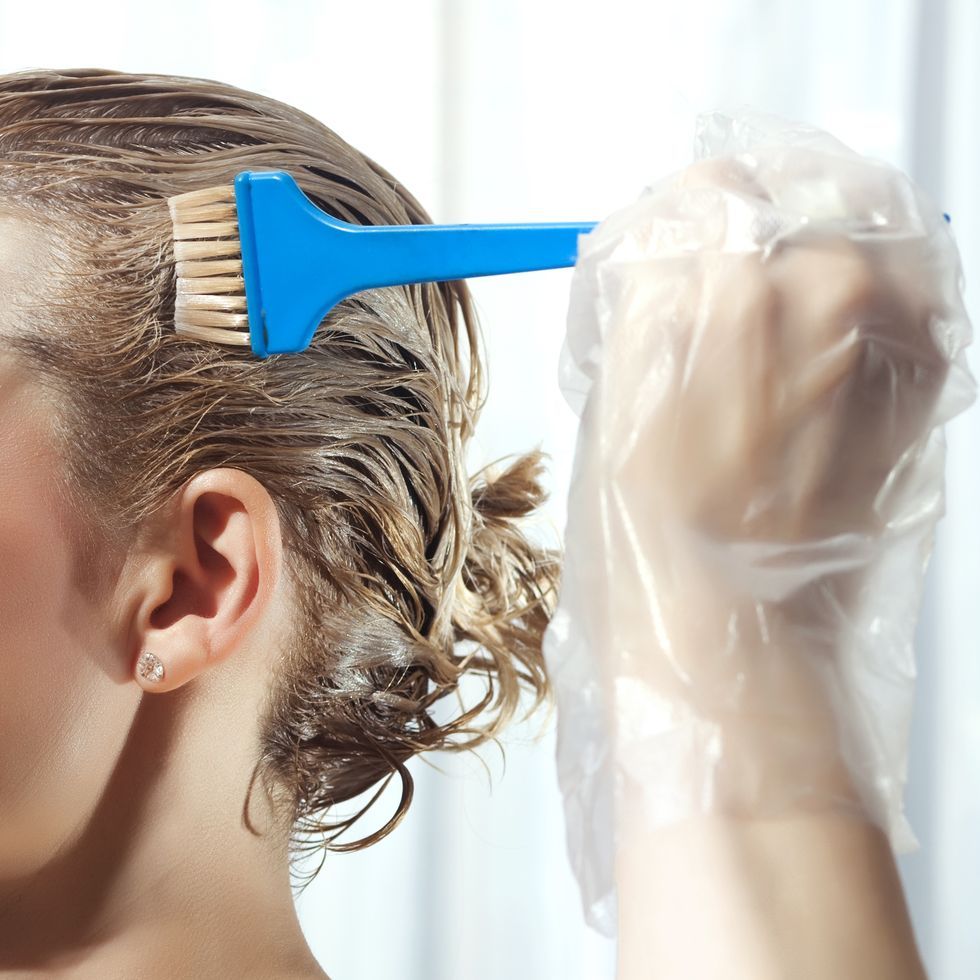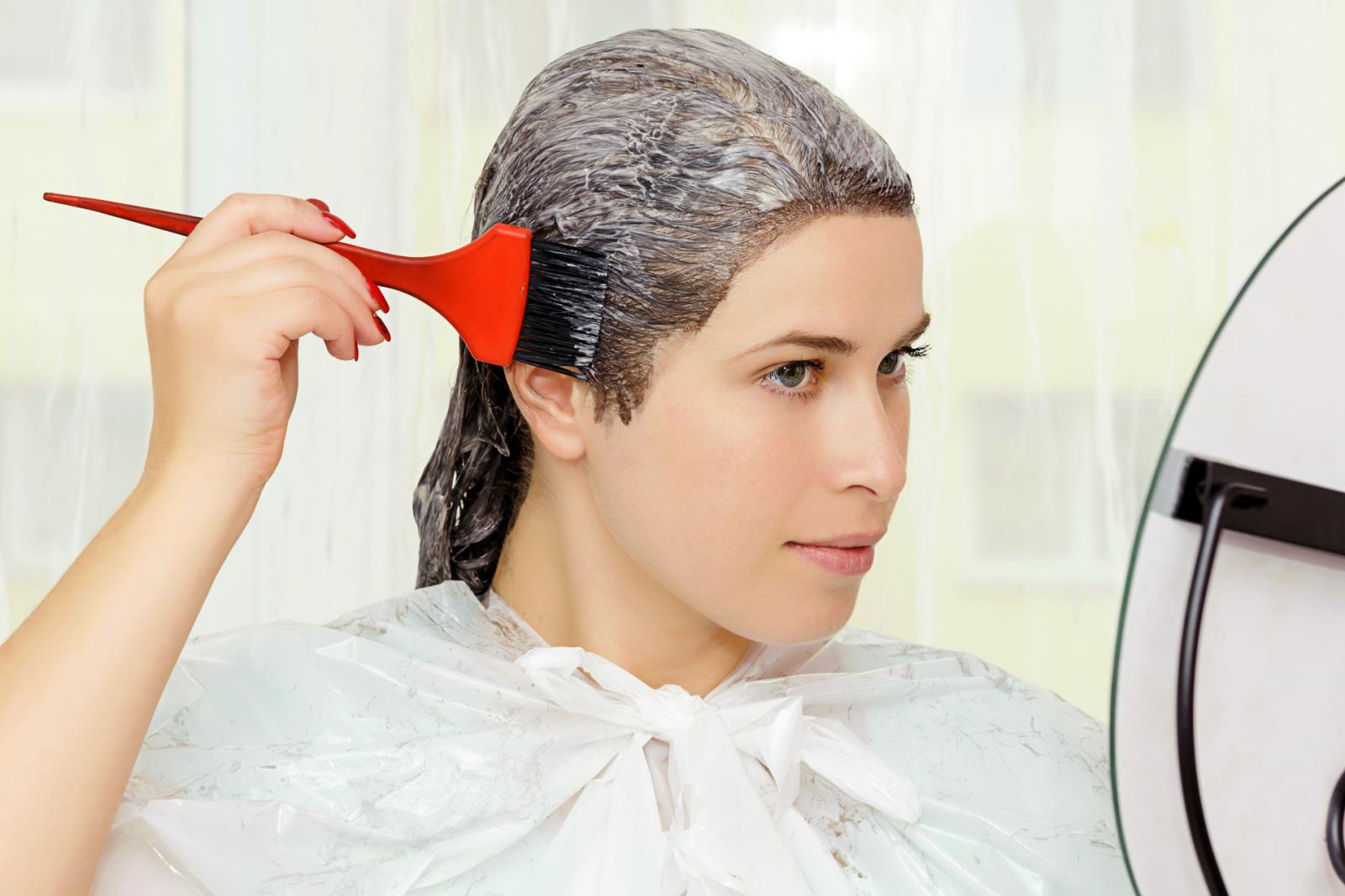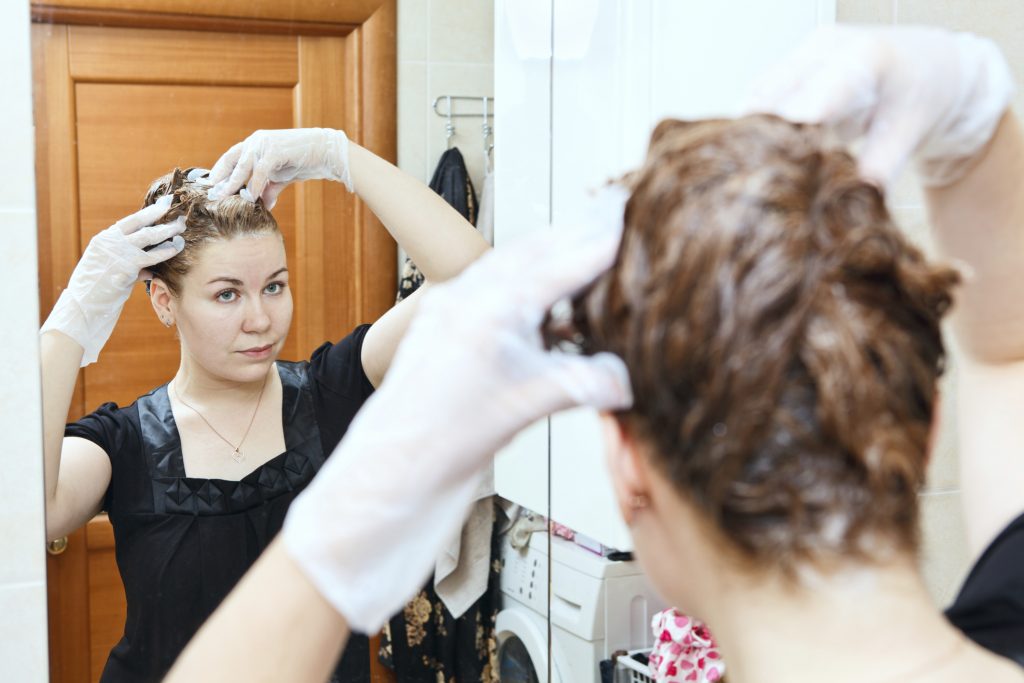Trying to make a hair dye decision is not an easy task. Sometimes, it poses more questions than answers. You might even have more questions about the decision to dye your hair, than about the color you want to use. This is why we see questions like can you dye wet hair. Or how often you can dye your hair.
Here is a fun fact: if you have ever been to a hair salon, they usually dye your hair while dry. Why is that? What is the difference between dyeing your hair wet and dry? Let’s discuss.
Under the right circumstances, it is possible to color your hair while it is wet. Yet, you have to remember, that your hair is at its most fragile state when it is wet. If not done properly, the coloring process can result in damaged hair and breakage. And since most DIY hair color kits are not designed for wet hair, it is best to leave that type of hair coloring to the professionals.
Can You Dye Wet Hair Without Damaging It?

This is a major concern when dyeing your hair while wet. The big challenge is to avoid ending up with frizzy broken hair.
Depending on your hair type, trying to dye your hair can limit the dye absorbed by the hair. The logic regarding wet hair is that you might protect your hair. Dry hair means natural oils are there to protect it from the harsh effect of hair color. But with wet hair, you use less dye meaning less damage.
Should You Wash Your Hair Before Coloring It?
If you are trying a home solution, most hair dyes are formulated to work best on hair that is not freshly washed. So, skip the shampoo before your coloring session.
Instead, it is best that you clean your hair one day before and then wet your hair with lukewarm water beforehand.
If you are going to the hair salon for professional treatment, you can leave everything to the people there.
Can You Dye Wet Hair After Bleaching?
This is another concern and question among women. And the answer is no. You cannot dye wet hair right after bleaching.
Why? Because bleaching makes the hair strands dry, brittle, and prone to damage. Adding hair color afterward will further damage your hair. Wait for 10 to 15 days before you color your hair after bleaching.
Why Should You Dye Wet Hair?

Now, let’s talk about the pros and cons of dyeing wet hair. First, let’s talk about why you should do it.
Add subtle dimension
One of the most popular ways to dye wet hair is the wet balayage technique. It is a low-maintenance highlighting method that will deliver brightened ends. It gives your beautiful hair a subtle pop of dimension.
For this method, you need a keen eye placement. Usually, instead of hair dye, you need to use bleach. Therefore, it is best to visit a hair professional or hair stylist for this method.
Better coverage for coarse or thick hair texture
If you have thick hair or coarse hair, dyeing your damp hair can help you distribute the color more evenly. It depends on the length and density of your hair. Of course, on the type of hair dye. The added moisture can guarantee every inch of your hair is fully saturated with your desired color.
Even distribution
Speaking of moisture, it helps distribute the dye evenly. With the same dye, you have to pay more attention to each strand on dry hair to ensure full coverage. With wet hair, that is easier.
Wet hair is more absorbent
Another benefit of using dye on damp hair is that your hair is more absorbent. It is porous and the hair cuticles open up, which allows better absorption of color pigment. This way, the hair dye easily penetrates the hair shafts.
You use semi-permanent hair dye
You cannot use permanent hair color on wet hair. You have to use semi-permanent, and it is better because it is formulated without peroxide or ammonia.
Why You Shouldn’t?

With everything in life, there are pros and cons. And while there are benefits of using hair dye on wet hair, there are disadvantages as well. Here are some.
Uneven color
We said before that moisture will spread the color when applied to your hair. But this means that the color might concentrate in some places and slide off others. The end result may be uneven hair color.
Diluted color
This might be the main reason why you shouldn’t dye wet hair. If your hair is already damaged and dry, it will absorb water before you even apply the due, meaning it will not absorb into hair cuticles as well.
This will make the color diluted and subtle, sitting more on the top of your hair.
You cannot use permanent hair color
Here is another reason you should consider dry hair. Since the color sits on the top of hair strands, it will fade out and wash out sooner. So, you will have to dye it more often.
Why Permanent Color Doesn’t Work?
Now let’s talk about why you cannot use permanent hair dye on wet hair. This type of hair color contains ammonia and hydrogen peroxide. They are two ingredients that work only on dry hair. Their purpose is to raise the hair cuticle and help the color pigment penetrate into the hair shaft. During this process, the chemicals strip the natural oils produced by the scalp.
When you wash your hair before applying color, you are stripping off its natural oils. It makes it further susceptible to damage. And if you try to apply permanent hair dye, the moisture will dilute ammonia and peroxide and prevent proper color absorption.
What Can You Use?
When it comes to wet hair color application, it is best that you choose something with a temporary result.
For example, semi-permanent dyes do not contain hydrogen peroxide and ammonia. These dyes are not affected by the moisture in your hair. Their purpose is to coat the hair and enhance the hair color. Because they do not penetrate the hair shaft, they work great on wet hair.
Demi-permanent dyes are another option. They contain a small amount of ammonia and penetrate the hair shaft. But since it is a small amount, they do not go deep into the shafts. You get temporary results but still last longer than semi-permanent dye.
Other temporary dyes include playful pops of bright pink, highlighter, pastel-hued tones, toners that can neutralize highlights at the shampoo bowl, and more.
How To Dye Wet Hair?

Now that we answered the question can you dye wet hair, let’s talk about how to do it. If you are doing it yourself, here is a step-by-step guide.
- Start by rinsing your hair with lukewarm water
- Do not shampoo your hair
- Make sure it is damp, not soaking wet. If it is soaking wet, the color will slide off
- Squeeze the water out of your hair with a towel to get it to a damp state
- Apply hair dye, either semi-permanent color or demi-permanent to the area you want to cover
- Cover your head with a shower cap and wait for 20 minutes. Some hair dyes have a longer or a shorter period, check the dye for instructions
- Rinse the hair
With that in mind, remember, that semi-permanent hair color will fade out with every wash. Some might fade out after only one wash.
During application, secure your skin and clothes, as these colors may stain them.
